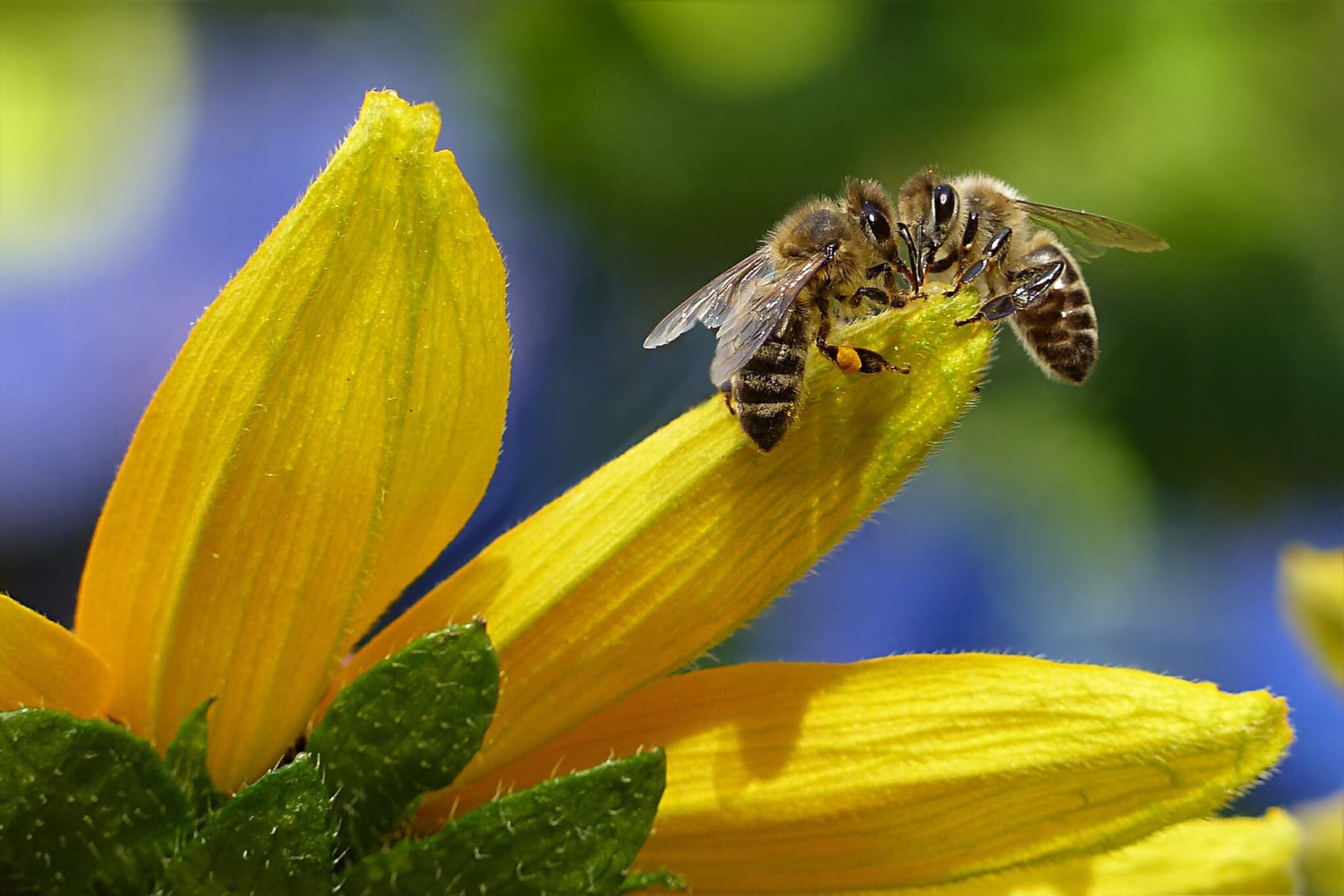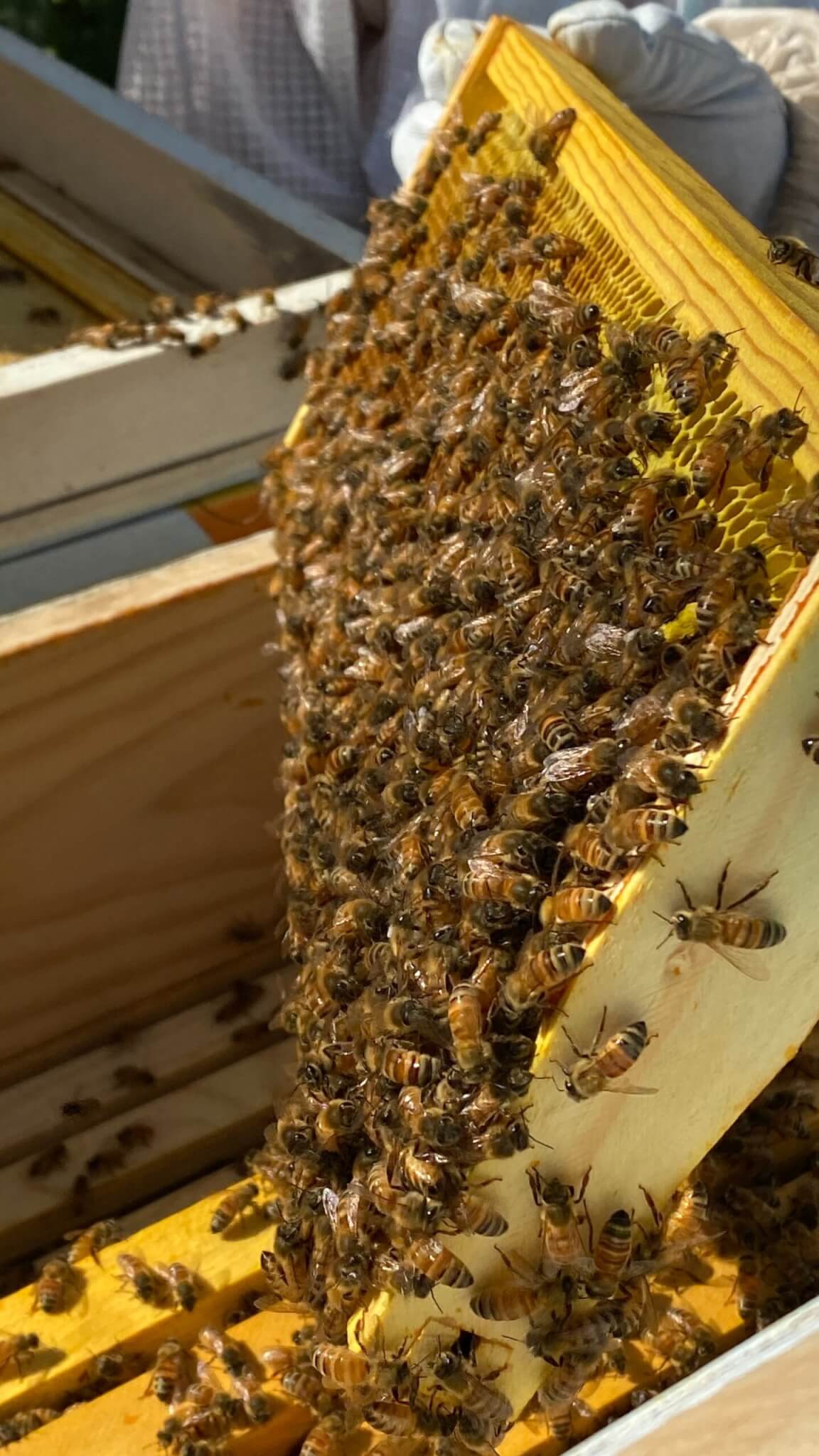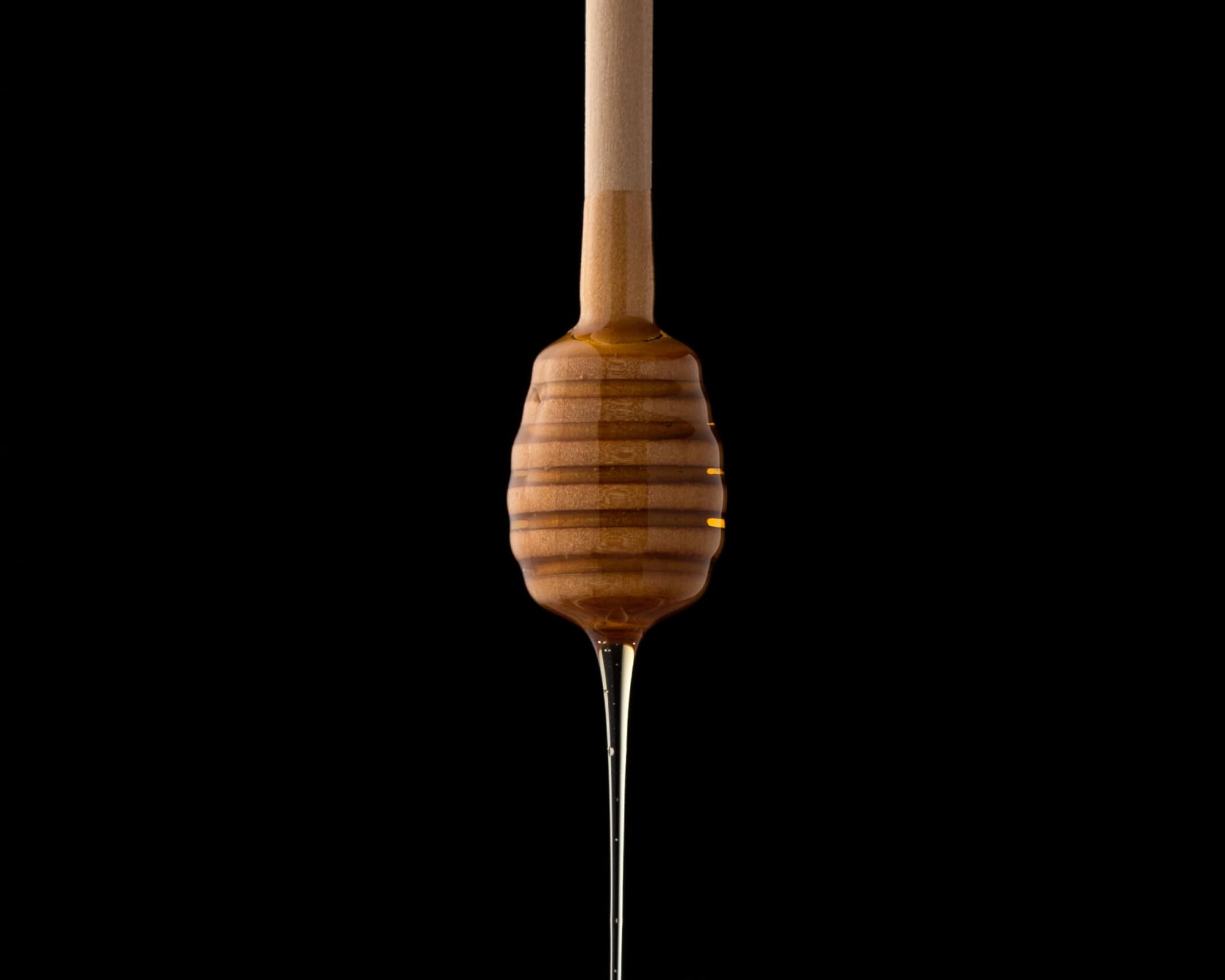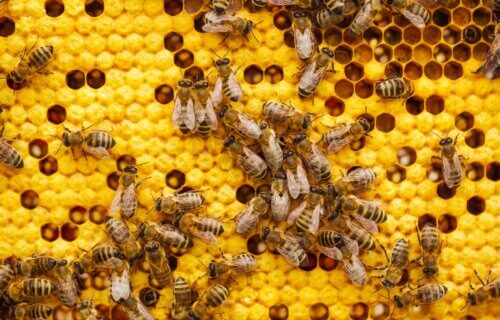UNIVERSITY PARK, Pa. — Climate change is emerging as the leading cause of why bees are making less honey in the United States. Researchers at Penn State University’s College of Agricultural Sciences analyzed data from the past 50 years to identify factors influencing honey production. They found that the warming planet and herbicide has played a major part in the declining honey yields.
The comprehensive research examined various elements, including average honey yield per colony, land use, herbicide application, climate, weather anomalies, and soil productivity across the continental U.S. The data comes from open-source databases maintained by the United States Department of Agriculture (USDA) National Agricultural Statistics Service and USDA Farm Service Agency.

Key findings of the study revealed that climate conditions and the productivity of soil — its capacity to support crops based on physical, chemical, and biological properties — significantly impact honey yields. Regions with productive soils, regardless of being warm or cool, generally produced more honey. Researchers noted that eco-regional soil and climate conditions establish the baseline levels for honey production, while yearly variations in land use, herbicide use, and weather patterns influence annual production levels.
Study lead author Gabriela Quinlan, a National Science Foundation (NSF) postdoctoral research fellow in Penn State’s Department of Entomology and Center for Pollinator Research, was motivated by conversations with beekeepers lamenting the difficulty of producing honey like in the past. She discovered an increasing connection between climate and honey yields after 1992, suggesting that climate change might continue to affect honey production.
“It’s unclear how climate change will continue to affect honey production, but our findings may help to predict these changes,” says Quinlan in a university release. “For example, pollinator resources may decline in the Great Plains as the climate warms and becomes more moderate, while resources may increase in the mid-Atlantic as conditions become hotter.”
“What’s really unique about this study is that we were able to take advantage of 50 years of data from across the continental U.S.,” notes Christina Grozinger, director of the Center for Pollinator Research. “This allowed us to really investigate the role of soil, eco-regional climate conditions, annual weather variation, land use and land management practices on the availability of nectar for honey bees and other pollinators.”
A critical stressor for pollinators, according to the study, is the lack of flowers providing pollen and nectar. The study’s findings underscore the importance of identifying regions with sufficient floral resources to support bee-friendly environments.

“A lot of factors affect honey production, but a main one is the availability of flowers,” explains Grozinger. “Honey bees are really good foragers, collecting nectar from a variety of flowering plants and turning that nectar into honey. I was curious that if beekeepers are seeing less honey, does that mean there are fewer floral resources available to pollinators overall? And if so, what environmental factors were causing this change?”
Quinlan’s research emphasized the often-overlooked role of soil productivity in determining landscapes suitable for pollinators.
Furthermore, the study found that reductions in soybean land and increases in Conservation Reserve Program land positively impacted honey yields. The application rates of herbicides also played a significant role, potentially due to the removal of flowering weeds that serve as nutritional sources for bees.

“Our findings provide valuable insights that can be applied to improve models and design experiments to enable beekeepers to predict honey yields, growers to understand pollination services, and land managers to support plant–pollinator communities and ecosystem services,” says Quinlan.
The study is published in the journal Environmental Research.
You might also be interested in:
- Did bees have venom before developing a stinger? Scientists find the answer
- Why are honey bees dying? Study finds bee lifespans 50% shorter than 50 years ago
- 2 tablespoons of honey may lower blood sugar and cholesterol levels

there is no climate change its a conspiracy